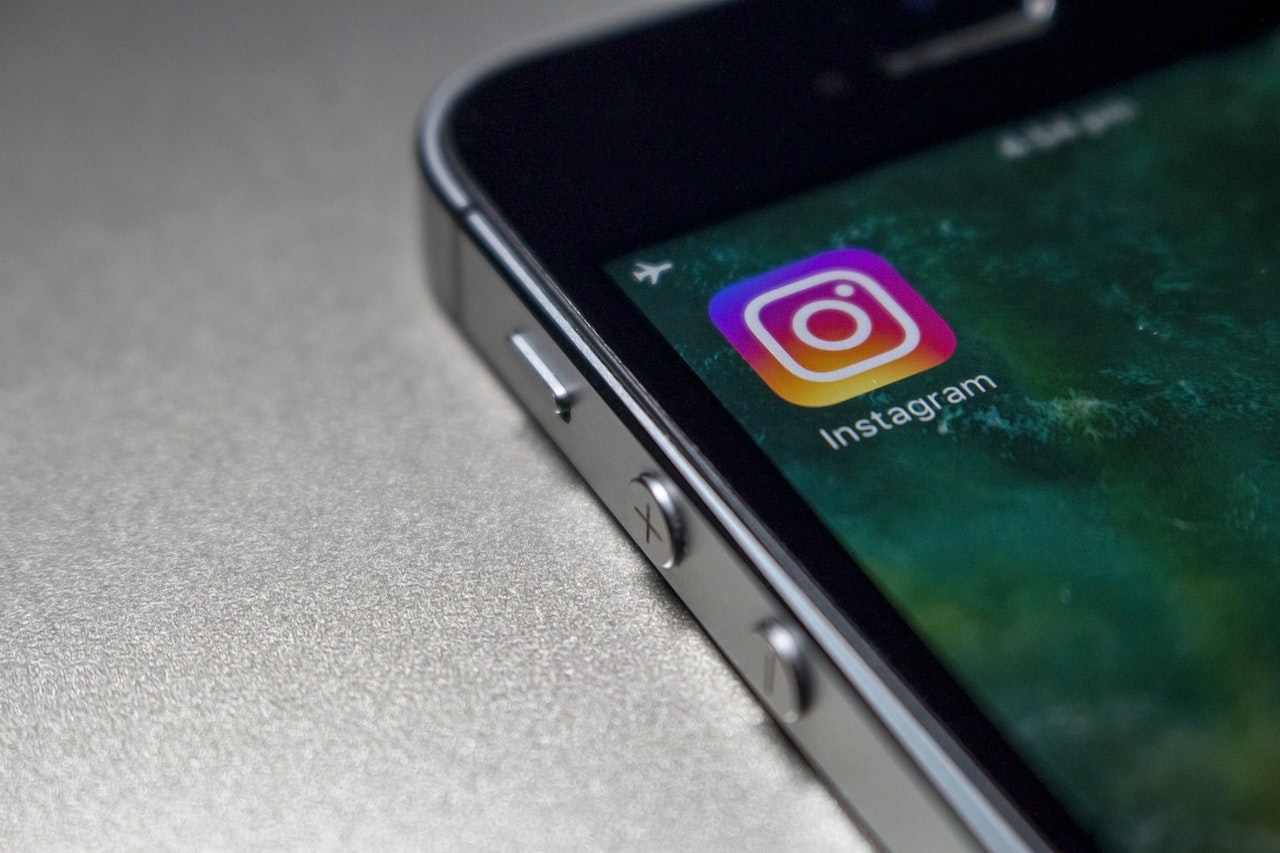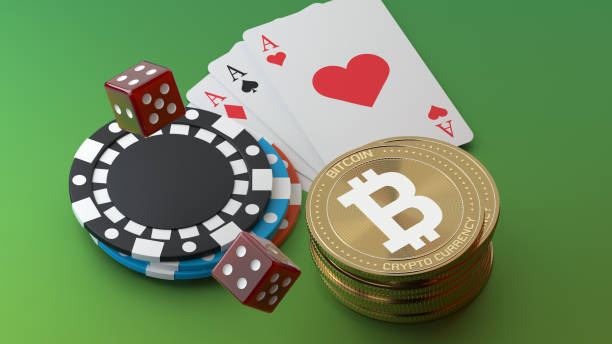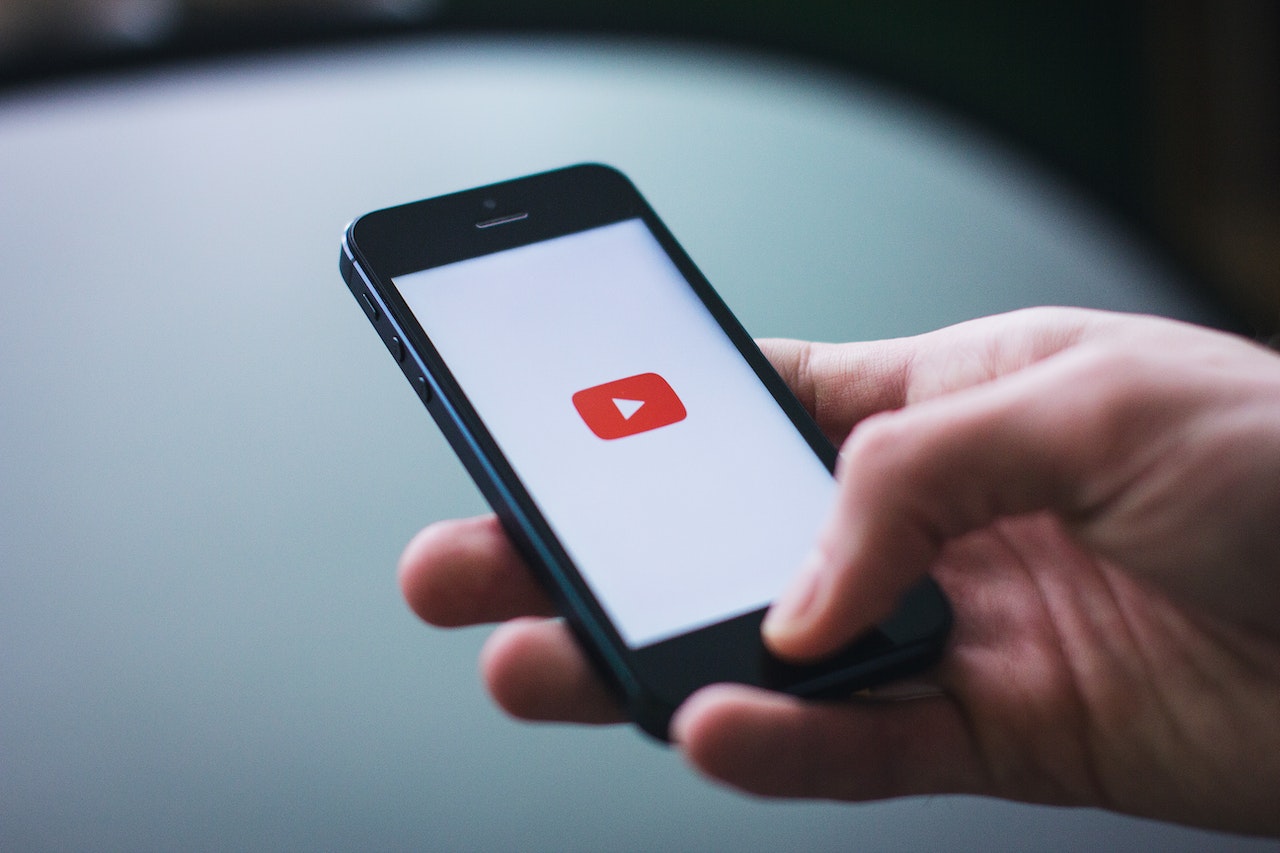Social media is an Internet-based channel for communication. Users can communicate, hold discussions, and publish content online via social media platforms. Through online communities and networks, it is possible to share concepts, ideas, and expertise with others thanks to computer-based technology. Furthermore, social media is a communication tool that gives users the ability to communicate rapid messages and private content. Microblogs, wikis, blogs, social networking sites, photo, and video sharing websites, podcasts, widgets, instant messaging, virtual reality, and more are just a few examples of the many varied forms that social media can take. So if you want to grow your social media accounts, you can check Mixx.
Here in this article, we will keep our focus on when social media started its journey. So let’s dig it.
When did Social Media Start?
The emergence of digital technology and the demand for interpersonal communication have both influenced the development of social media. In this storyline, scaled-up interpersonal connections are created and fostered. More than you would realize, social media has a much longer history. Sites like Facebook are the organic result of several centuries of social media evolution, despite the appearance that they represent a recent trend. On May 24, 1844, a telegraph operator manually entered a series of electronic dots and dashes, which was sort of the beginning of social media. Samuel Morse grasped the historical implications of his scientific discovery, as evidenced by the first electronic message he sent from Baltimore to Washington, D.C.: “What hath God wrought?”
Despite the long history of digital communication, a network developed by the Advanced Research Projects Agency (ARPANET), is generally cited as the source of today’s internet and social media. The US Department of Defense built an early digital network that allowed researchers at four affiliated colleges to exchange software, hardware, and other data. In 1987, the National Science Foundation launched the NSFNET, a more capable, nationwide digital network that functioned as the internet’s immediate predecessor. Ten years later, in 1997, the first genuine social networking platform was unveiled.
The Launch of Social Sites
The expansion of the internet reportedly made it possible for the introduction of online communication services like CompuServe, America Online, and Prodigy in the 1980s and 1990s, according to “The History of Social Networking” on the technology news website Digital Trends. Through email, message boards, and live online chat, they exposed consumers to digital communication.
- The early social media networks were born out of this, starting in 1997 with the short-lived Six Degrees profile-uploading service. Friendster followed this service in 2001. Millions of users were drawn to these basic platforms, which allowed for the registration of email addresses and simple online networking.
- With the advent of the LiveJournal publishing platform in 1999, weblogs—also known as blogs, began to gain popularity as another early form of digital social communication. The Blogger publishing platform was introduced at the same time by the online business Pyra Labs, which Google purchased in 2003.
- As a networking platform for professionals who are career-minded, LinkedIn was established in 2002. By 2020, there were more than 675 million users worldwide. It continues to be the social media platform of choice for hiring managers looking for qualified candidates as well as job seekers.
- Two previous significant attempts at social media failed after experiencing a spike in success. Myspace was Launched in 2003. Because users could share new music right on their profile pages, it became the most popular website on the planet by 2006. You can social media to start a business without money.
- It was surpassed by Facebook in 2008. Myspace was purchased by musician Justin Timberlake for $35 million in 2011, but it has since vanished into the shadows of social media.
- Google+, the company’s attempt to wriggle into the social media sphere, was introduced in 2012. After a data security breach exposed the personal data of about 500,000 Google+ members in 2018, a turbulent existence came to an end.
Conclusion
Social media’s potential is only limited by its users’ creativity. The brief history of the sector has demonstrated that the current social media ecosystem will alter due to the quick change in technology, escalating financial demands, and evolving cultural dynamics. The human race is a social bird. Human interaction is the main driver of commerce. These two truths will continue to influence how social media develops over the course of the upcoming decade and beyond.












